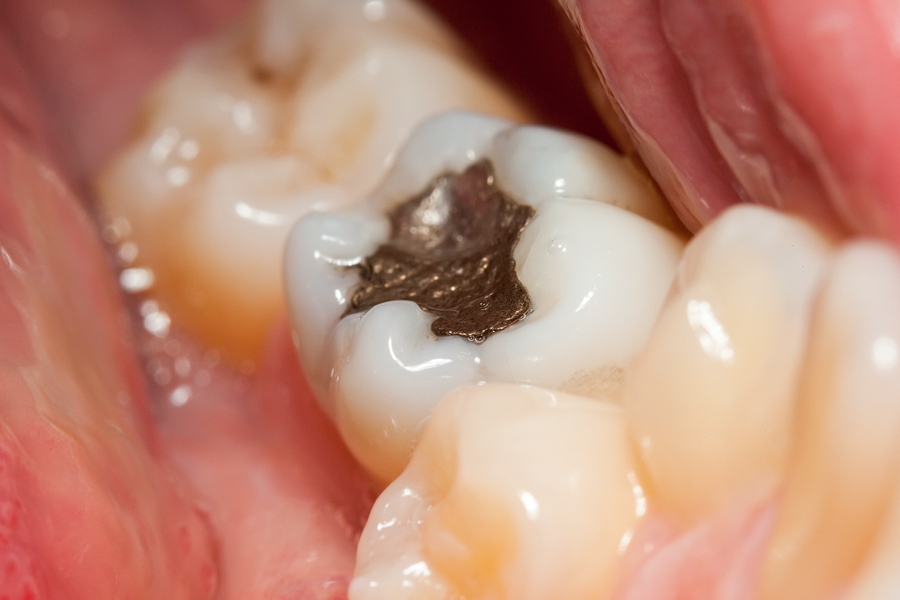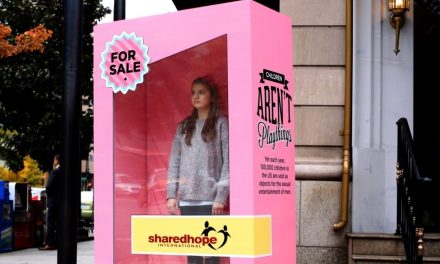The EPA recently announced that the mercury you can safely put in your mouth (yeah, right) can no longer safely be put into public sewers. The day after the EPA’s ruling, European authorities approved a draft rule that would bar dentists from using mercury compounds to fill cavities in vulnerable populations (this translates to the primary teeth in children under 15 and pregnant or breastfeeding women- unless a specific medical need is cited).
The new rule, which requires dentists to contain their extremely toxic discharges by 2020, is part of an international treaty from 2013. The Minamata Convention, ratified by the United States and 34 other nations, calls for phasing out products that emit mercury vapor and disposing of the toxin more safely.
However, the USDA isn’t banning the use of mercury compounds because they are still considered the most “durable treatment for decayed teeth” (even though there is plenty of evidence about the health risks). And the rule doesn’t require water treatment plants to inspect dental offices to enforce compliance. So…it’s a new regulation that works on the honor code.
Super.
Source: The Bellingham Herald












